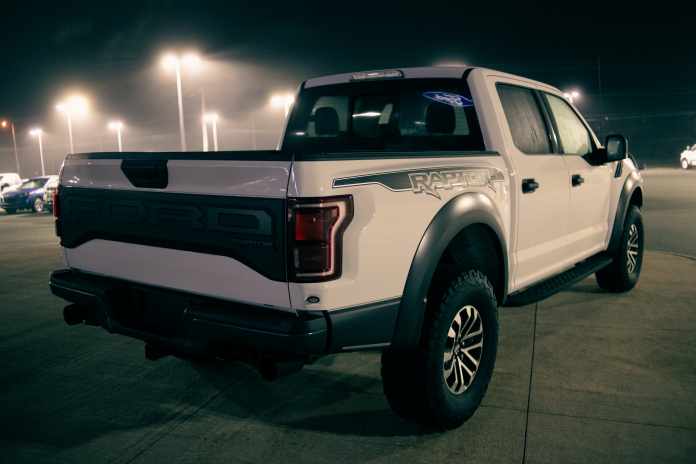A New Pickup Truck vehicle is much more than just a way to get from point A to point B. These workhorse vehicles are meant to do things like help you accomplish all those home improvement projects on your to-do list. The right cab becomes your home — and your office — away from home. The right hauling and towing capacity helps make your dream weekend trips — complete with all your toys — an effortless reality. Your truck might even become your right-hand “coworker” on job sites.
There’s a lot to consider when you’re aiming to find the New Pickup Truck vehicle for you. Here are some of the top features to help you compare new trucks and make a decision.
Size: Compact, Midsized, Full-Sized
First, consider what you want and need your truck to carry — known as the “payload.” There’s a difference between using your truck for hauling relatively light, miscellaneous purchases — like garden soil or a new coffee table — and loading up your truck’s bed with bags of heavy concrete and machinery for construction projects. There’s also a difference between driving one to two people around versus driving the whole crew or family.
A compact or midsized vehicle is generally sufficient for routine hauling, whereas a full-sized truck has the specs necessary to provide major utility in terms of hauling cargo and towing. An advantage to midsized trucks and smaller is that they tend to be easier to maneuver and park; full-sized pickups are bulkier, but offer more in the way of work As Edmunds outlines, this choice boils down to two key questions: What will you carry and where will you go?
Duty: Light, Medium, Heavy
As Autotrader writes, most drivers looking for a personal-use truck will select a light-duty truck. They can haul or tow small loads and are very maneuverable for everyday use. Heavy-duty trucks are meant to tow and haul more, and may even have diesel engines. Payload capacity of a light- or medium-duty truck generally tops out around 3,000 pounds, while heavy-duty trucks can haul upwards of 6,500 pounds — although the exact amount depends on the model you choose.
Generally, as the truck size increases, so does the price. Savvy shoppers searching RAM deals will notice the RAM 1500 (a light-duty truck) tends to start less than the RAM 2500 or 3500 (both heavy-duty trucks).
Two- vs. Four-Wheel Drive
Consider the terrain you’ll be covering and the weather in which you’ll be driving your truck. Most trucks come with rear-wheel drive meant to support the loads they’re hauling, but some trucks have four-wheel drive to help with winter driving or off-roading capabilities.
Cab Size
Consider how many people will need to ride in the cab of your truck as well as how much interior storage you’d like to have. If passenger space and interior cargo space is more important to you than the length of your truck’s bed, a crew cab may be a good option.
Cargo Bed Size
A standard bed on a full-sized pickup is eight feet. If you choose an extended cab, the bed length drops down to about 6 feet. A crew cab with four doors shrinks the bed length to about 5 feet. Think about the size of what you’ll need to carry so you can get the right balance between interior and exterior space.
Fuel Economy
The engine inside your pickup truck will dictate not only how much power the vehicle has, but also how many miles to the gallon you’re able to get. According to the U.S. Department of Energy, the average light truck gets about 17.5 miles per gallon — but this varies by model and by type of journey as well.
At the end of the day, the right pickup truck for you will bring together the right combination of features — like cab size, bed length, size, drivetrain and more.
















